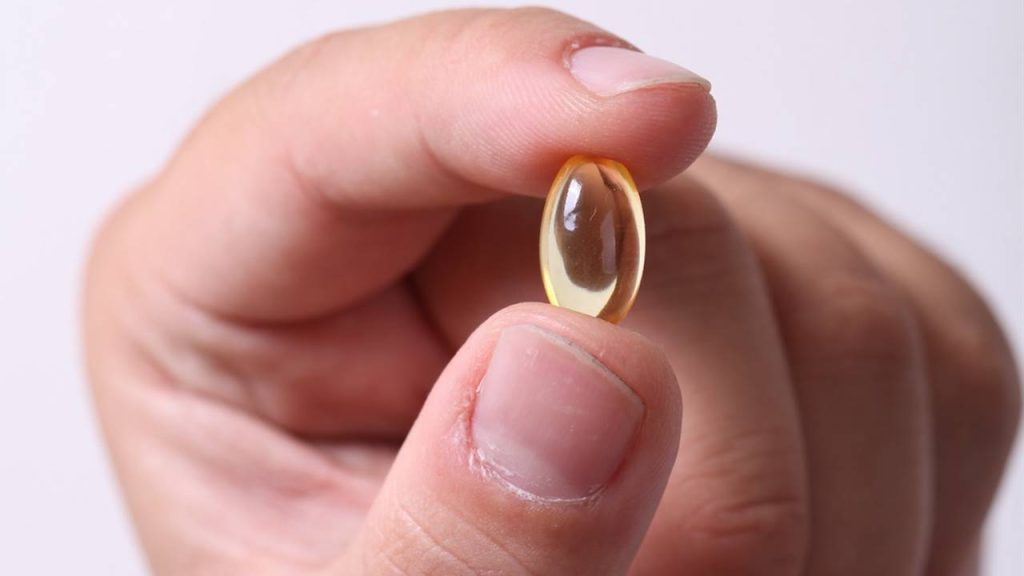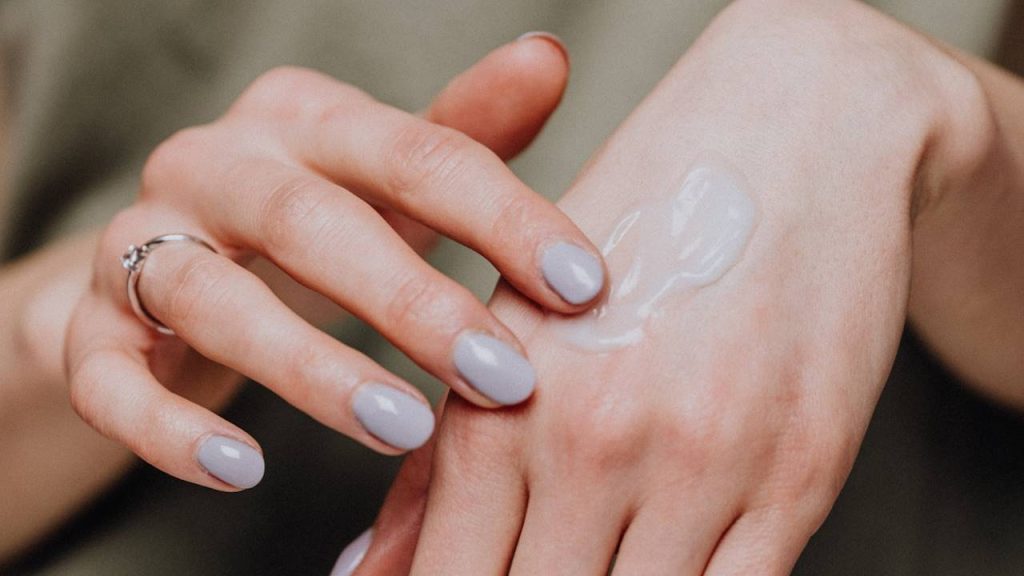Vitamins A and E help maintain healthy skin and each has specific benefits. An adequate contribution can be achieved with the consumption of certain plant foods.

- Benefits of vitamin A for the skin
- What foods provide vitamin A
- Benefits of vitamin E for the skin
- What foods provide vitamin E
Among all the vitamins, there are two that stand out for their benefits for the skin: vitamin A and vitamin E. Which one is better? Both can help keep your skin healthy, soft and youthful and also have specific properties that promote different aspects of skin health.
To obtain the necessary contribution of these vitamins, it is advisable to pay attention to the diet and incorporate the plant foods that we will indicate below.
BENEFITS OF VITAMIN A FOR THE SKIN
Vitamin A is essential for skin health because it promotes cell renewal, that is, it causes skin cells to regenerate faster and be replaced by new, healthy cells. This helps keep the skin soft, smooth and supple.
It also stimulates the production of collagen, a protein that helps keep skin firm and elastic, which can help reduce the appearance of wrinkles and fine lines.
On the other hand, it decreases sebum production, which can be beneficial in reducing acne and blackheads.
WHAT FOODS PROVIDE VITAMIN A
Although the active form of vitamin A (retinol) is found in animal foods (such as liver or butter), vitamin A is available as a precursor (which is subsequently made active by our liver) in many green, yellow, or orange plant foods rich in beta-carotene, such as:
- Green leafy vegetables such as spinach, kale, Swiss chard or lamb’s lettuce.
- Vegetables such as carrots, sweet potatoes, broccoliorred peppers.
- Fruits such as apricot, papaya, mango or melon.
- Parsley.
- Nori algae.
There are also many foods fortified with vitamin A, such as cereals and juices, on the market.
The recommended daily allowance of vitamin A for adults is 900 micrograms a day for men and 700 micrograms a day for women. To give you an idea, two cups of cooked spinach covers the recommended daily amount for an adult man.
Being a fat-soluble vitamin, its absorption is linked to that of fats and it should be eaten with a fatty food (such as olive oil) to synthesize it better. If there is a problem with the metabolism of lipids, even if you take enough vitamin A, it may not be used.
BENEFITS OF VITAMIN E FOR THE SKIN
Vitamin E is a natural antioxidant that protects the skin from damage caused by free radicals and other environmental factors, such as sun exposure and pollution.
It also helps reduce skin inflammation, something that is very useful for people with sensitive skin or who have some type of inflammation related to acne or rosacea.
In addition, it strengthens the skin barrier and helps prevent moisture loss in the skin. In this way, it makes the skin less prone to dryness and stays hydrated, soft and supple.
On the other hand, vitamin E stimulates the production of collagen, which makes the skin firmer and more elastic, and can help soften the skin and reduce hyperpigmentation of scars.
WHAT FOODS PROVIDE VITAMIN E
Vitamin E is present in many plant-based foods, such as:
- Vegetable oils such as olive, wheat germ, sunflower, corn, soybean and safflower.
- Nuts such as almonds, walnuts, hazelnuts and peanuts.
- Sunflower, pumpkin and sesame seeds.
- Green leafy vegetables such as spinach orchard.
- Avocados.
- Fruits such as kiwi, papaya, mango and tomato.
- Cereals such as oats, whole wheat and brown rice.
- The recommended daily amount of vitamin E for adults is 15 milligrams a day.
- Like vitamin A, it is a fat-soluble vitamin, so it is best absorbed if consumed with some fat.





